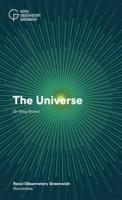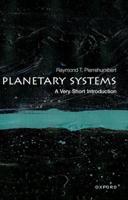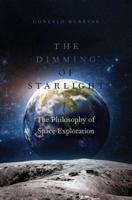Publisher's Synopsis
What happens when you push a theory beyond its limits? You get a theory like general relativity. Although coined by Einstein, he would be hard pressed to recognize it. Einstein constructed a theory that would pertain to geodesic motion, or motion at constant velocity. Einstein field equations are equivalent to geometrical optics whose characteristic surfaces are those of electromagnetic, and not gravitational, radiation. In fact, gravitational energy is not included in the Einstein energy-stress tensor. As such it excludes catastrophic phenomena like the merger of black holes or neutron stars. In fact, black holes are what you get when you extend a non-Euclidean metric, like the Schwarzschild metric, beyond its domain of validity. Although there exists no solution to Einstein's field equations for two interacting mass-points, its numerical counterpart vants at being able to describe binary black hole collisions. Such singularities were pernicious to Einstein's conception of the universe, and he built bridges to avoid them. Nonlinear equations like Einstein's cannot be approximated by their linearization over large portions of spacetime thus placing in doubt the propagation of gravitational waves. Any wave phenomenon traveling at a finite velocity must show signs of aberration. No signs of such have ever been observed. The field equations do not possess a mechanism for the emission of gravitational waves, least of all for their attenuation.












